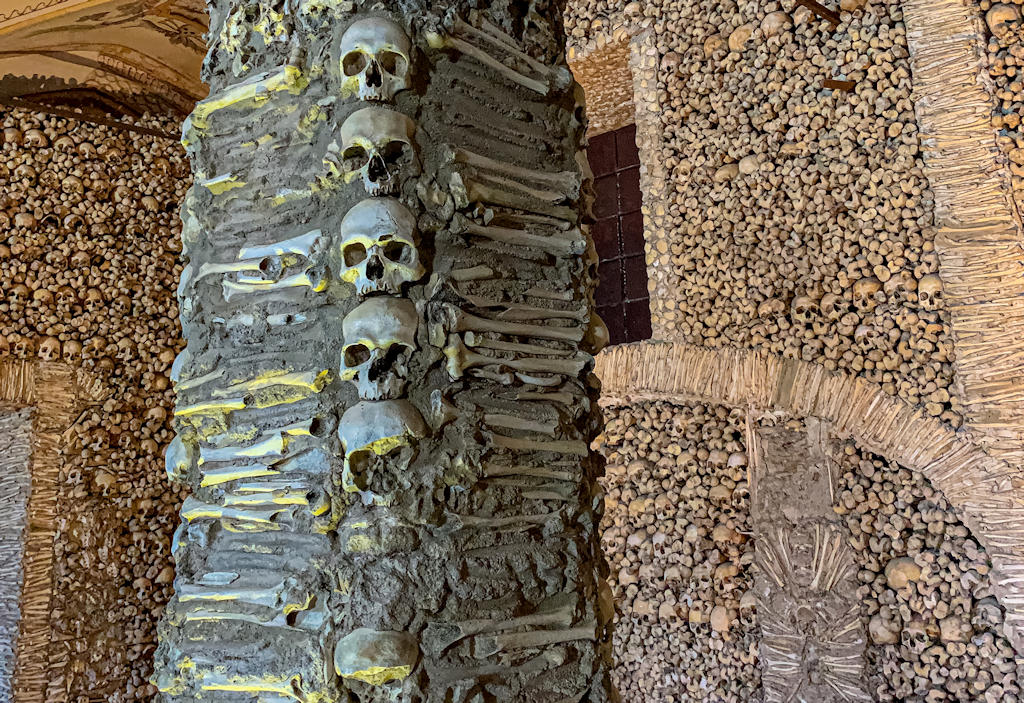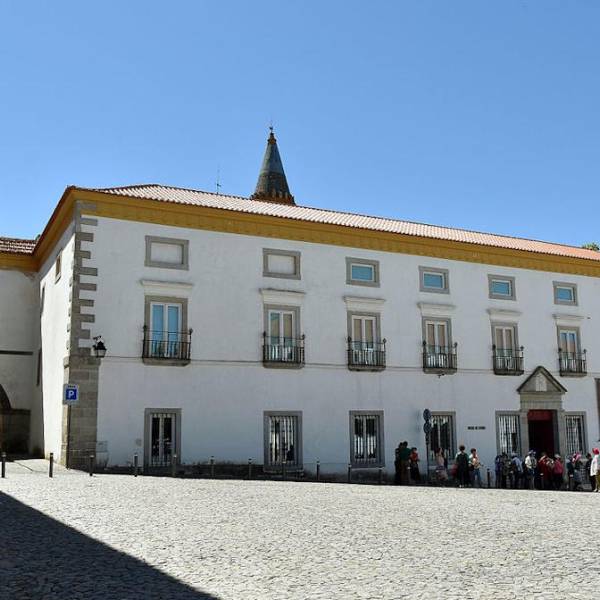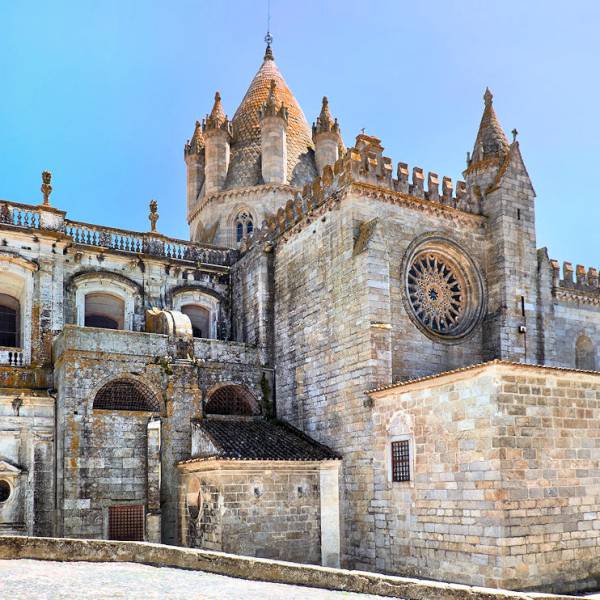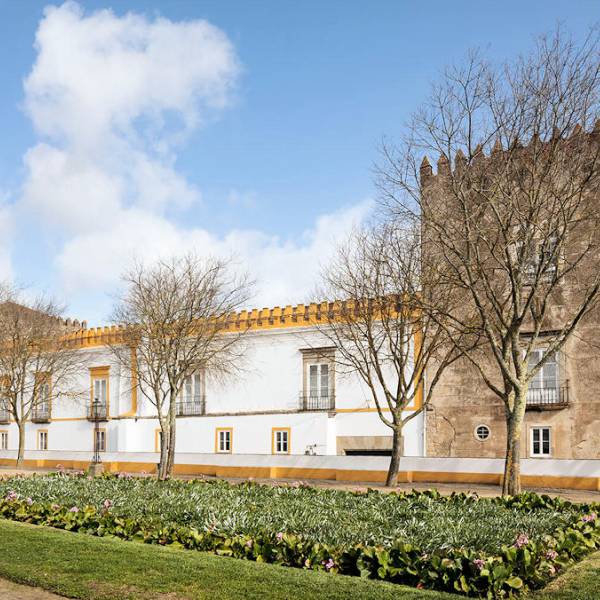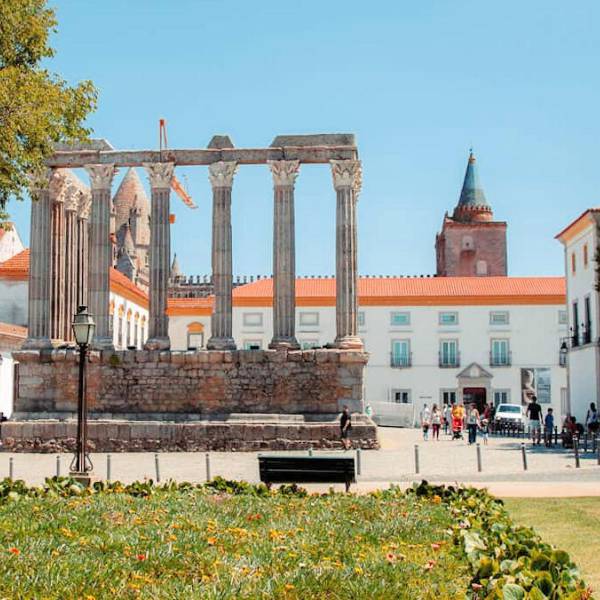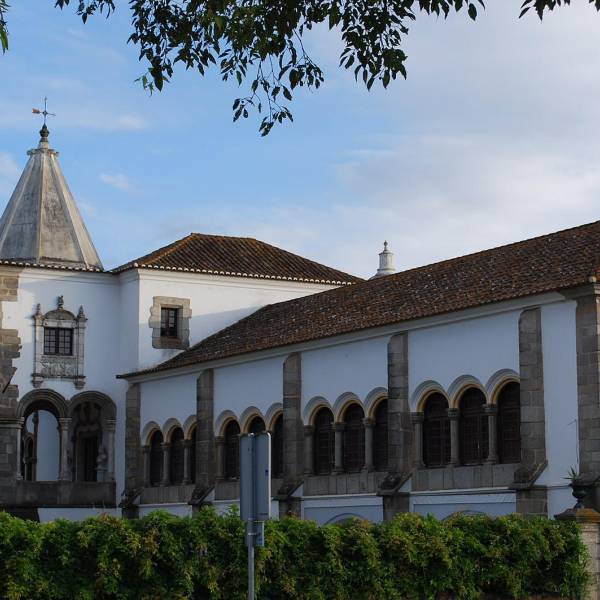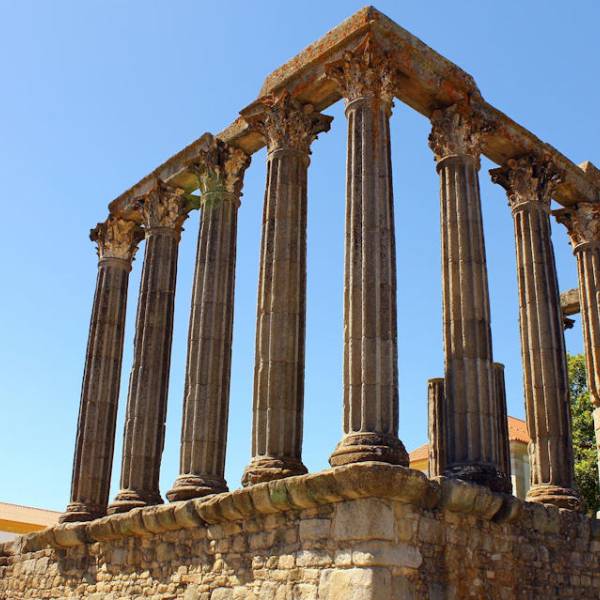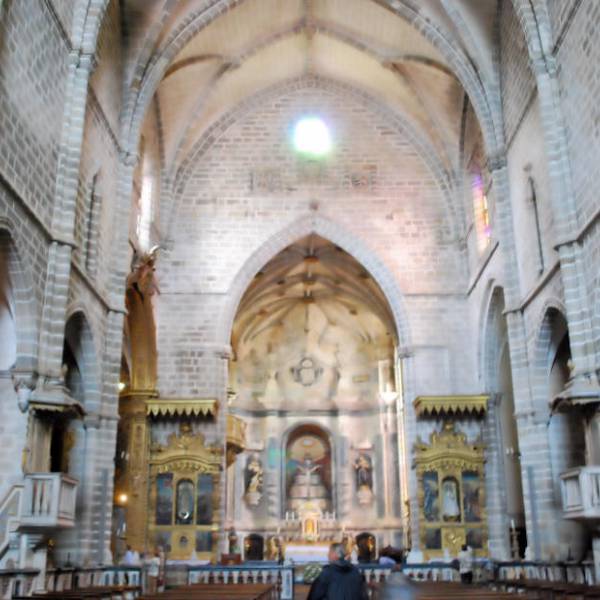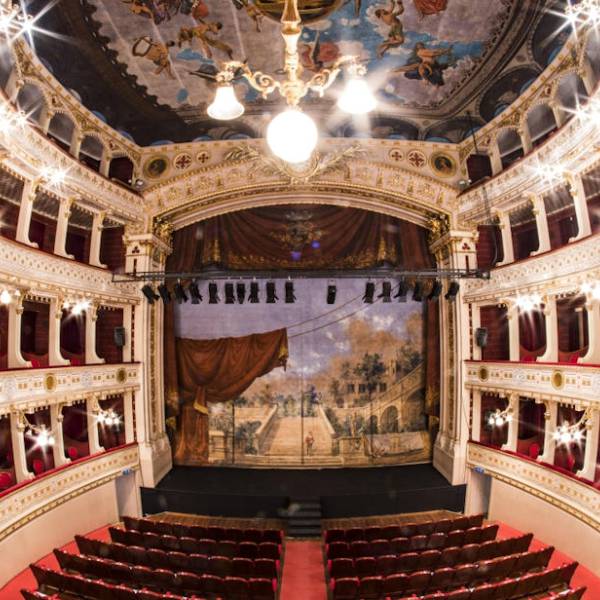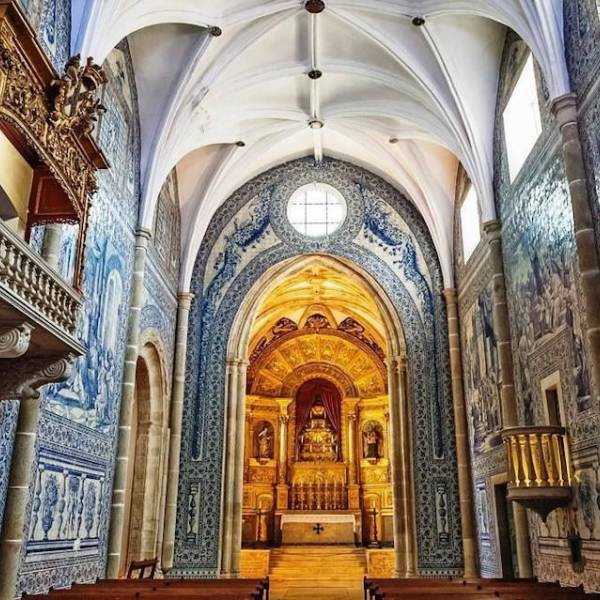The Chapel of Bones in Évora is a highly recommended day trip from Lisbon due to its unique and captivating nature. Just a short distance away from the capital city, this macabre yet intriguing monument offers visitors a chance to delve into a thought-provoking experience. The chapel's walls adorned with human bones and skulls create an eerie atmosphere that stimulates contemplation on the transience of life. Its historical and cultural significance, combined with its architectural beauty, make the Chapel of Bones an unmissable destination for those looking to explore the fascinating history and artistic heritage of Portugal.
Beyond its spiritual significance, the creation of the Chapel of Bones also served a practical purpose. Évora was home to forty-two monastic cemeteries, occupying valuable space that many sought to repurpose for other uses. To address this issue, the decision was made to exhumate the skeletons from these cemeteries and repurpose them as construction materials and decorations for the chapel. As a result, the chapel's walls, pillars, and even its exterior are adorned with an estimated five thousand bones, including skulls, vertebrae, femurs, and other skeletal fragments.
The architectural design of the Chapel of Bones is both intriguing and haunting. The chapel occupies the site of the original friars' dormitory and consists of three aisles measuring approximately 18.70 meters in length and 11 meters in width. The limited sources of light penetrate the interior through three small slits on the left side of the chapel. The walls and eight pillars are "decorated" with bones and skulls meticulously arranged and bound together with brown cement. The white-plastered vaulted ceilings showcase allegorical motifs related to death. As visitors explore the space, they encounter rows of skulls, cornices, and white naves, representing a penitential architectural style.
Lisbon.vip Recommends
Over the years, the Chapel of Bones has undergone various restorations to preserve its historical and cultural significance. From July 2014 to October 2015, a comprehensive renovation project took place, costing around €3.5 million. This extensive restoration aimed to address the damage caused by time and create space for a museum of sacred art and temporary exhibitions within the chapel's premises.
Visiting the Chapel of Bones is an unforgettable experience, evoking a range of emotions from fascination to contemplation. It serves as a reminder of the transient nature of life and the importance of reflecting on our mortality. As visitors enter this macabre yet thought-provoking space, they are transported to a different era, immersing themselves in a solemn atmosphere that prompts deep introspection.
The Chapel of Bones stands as a testament to the power of art and architecture to provoke profound reflections on the human condition. Its unique blend of spiritual, historical, and artistic elements makes it a must-visit destination for those seeking a truly captivating and immersive experience in Évora, Portugal.
Map View


